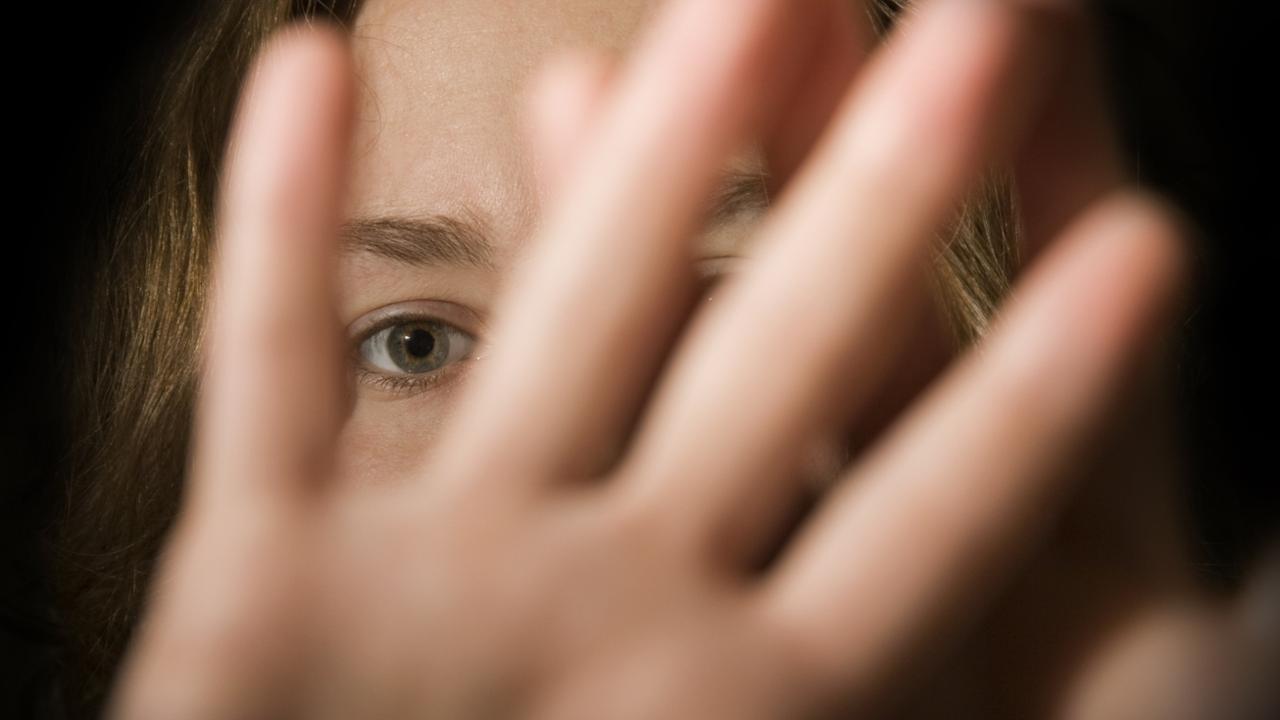
That was Winston Churchill after the Battle of El Alamein. It’s also a fair description of where universities are in their struggle with the coronavirus.
It’s the end of part one, which went better than seemed likely at the beginning of February, when the China travel ban was imposed and 100,000 students were stranded in China, unable to fly direct to Australia. Well over one-third of them managed to make it here via third-country quarantine and are able to study at their universities.
But, as we all know, this is a Pyrrhic victory. Universities are now clearing their campuses, moving study online as quickly as possible, and all students, including the Chinese who made it here, now must live in an abnormal campus environment that is battened down against the virus.
For all tertiary students it is going to be a very disrupted year. There will be limited social mixing, no organised extracurricular activities, very limited group teaching and no graduation ceremonies. All aspects of student life promise to be very different.
Universities as institutions face extreme problems too. A month ago the coronavirus crisis was something that they could hope would be over by May.
There was a belief that by semester two, starting in July or August, things would be back on track.
At the time it made sense for UNSW to speak of its three-trimester system as an advantage because by trimester two, starting on June 1, students who missed the first trimester would be able rejoin on-campus classes.
Universities also spoke optimistically about the fact that, for most universities on a two-semester calendar, the second semester would begin before the northern hemisphere’s academic year began in September, meaning they were less likely to lose Chinese students to UK or Canadian universities.
All of that talk is irrelevant now, with Australia in a battle to contain the spread of the virus. The best outcome, the one we hope for, is to “flatten the curve” so the peak number of cases is not reached until May or June, and then tails away in August or September.
A flatter curve means the overall number of cases will be less and the speed at which they grow will be slower, which will avoid overwhelming the intensive care facilities of our hospitals.
This means that, in the best case, the earliest universities can hope to get back to something resembling normal is when studies begin next year.
The worst case is the one we don’t want to face — a rapid growth in coronavirus cases, which overwhelms the health system and stretches our society to a place it has never been outside wartime.
So let’s stick with the best case and, even then, the financial situation of universities is dire.
Start by looking at international student fee revenue. Usually, only a little more than half of international students starting courses arrive at the beginning of the year. The others arrive during the academic year, with about 50,000 starting their courses in second semester.
None of these students will be arriving this year and that’s at least $1bn of revenue gone. Then add in the number of Chinese students who did not make it to Australia or manage to continue their course online. It’s fair to say that’s at least another $1bn lost this year.
What will happen next year? Will the international student market rebound? Or will students and their families, whose home country economies have been battered, put off their ambition for an Australian education? Start thinking this way and the future of the whole $40bn education export industry, and the hundreds of thousands of jobs it supports, looks shaky.
Luckily, universities will still be earning fees and government payments for domestic students.
But they also face the unknown costs of rapidly retooling themselves to teach online and generally dealing with the disruption caused by the virus.
In summary: we are at the end of the beginning, we’re not near the beginning of the end, and what the end of the end actually looks like is extremely unclear.




“Now this is not the end. It is not even the beginning of the end. But it is, perhaps, the end of the beginning.”